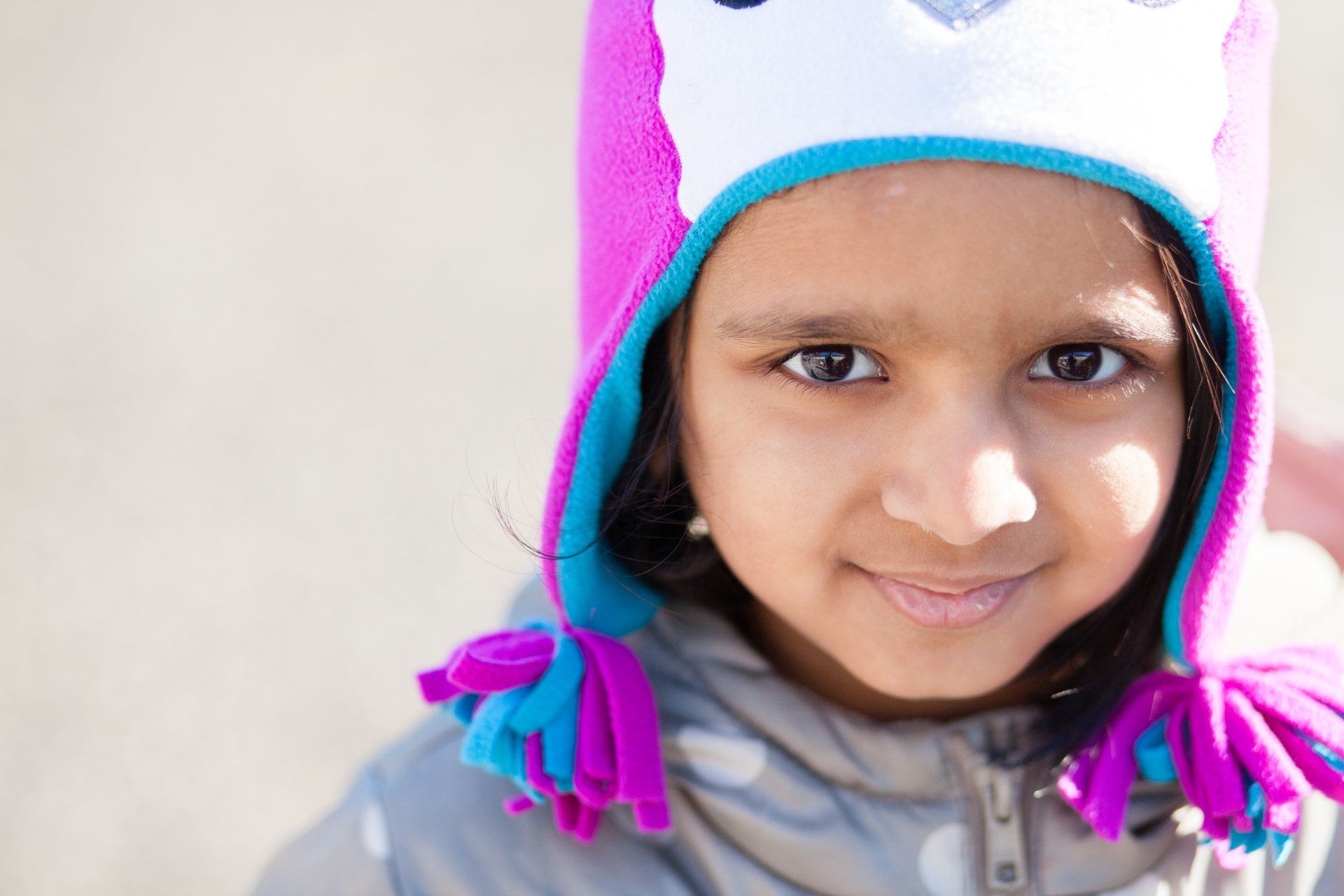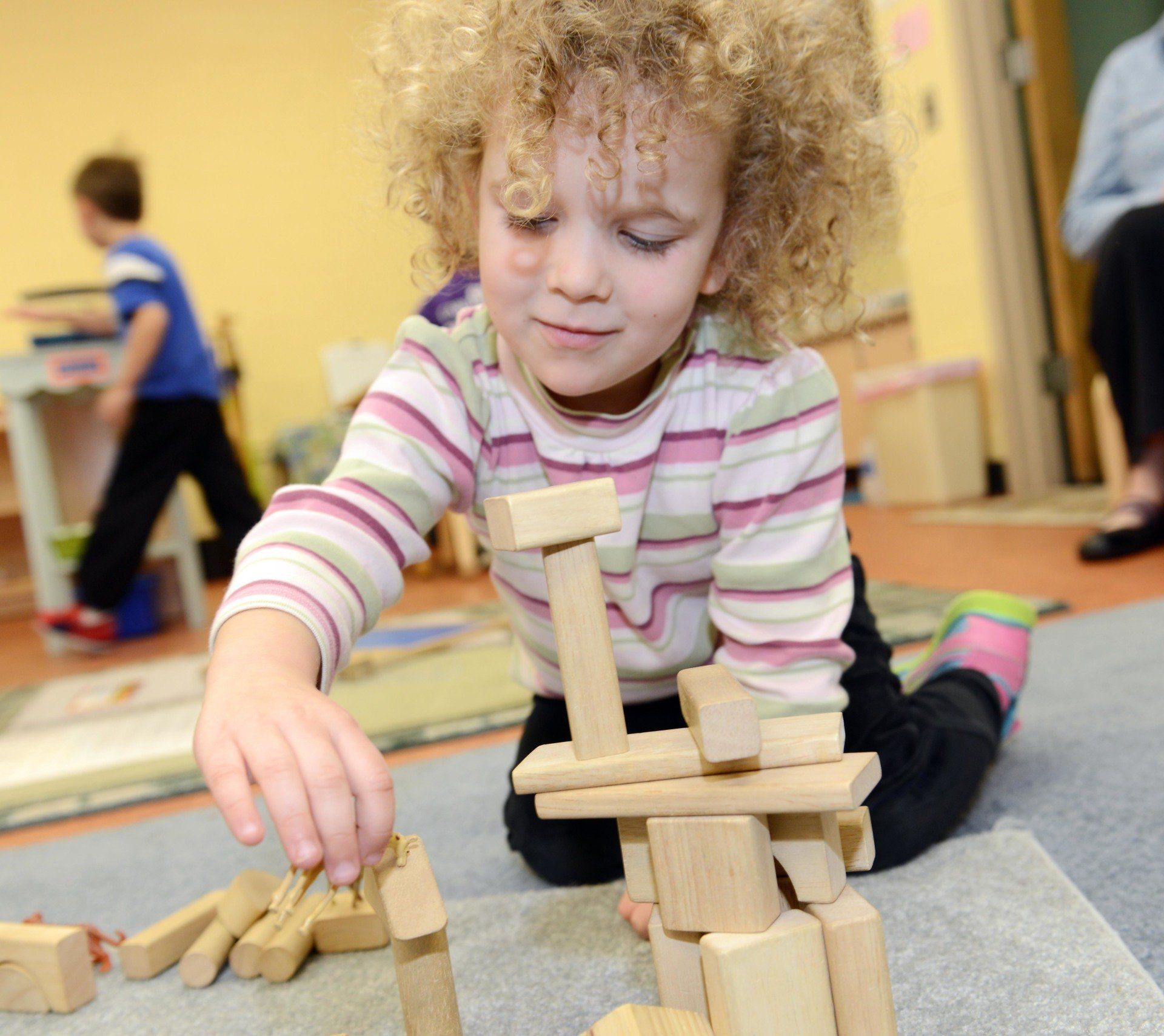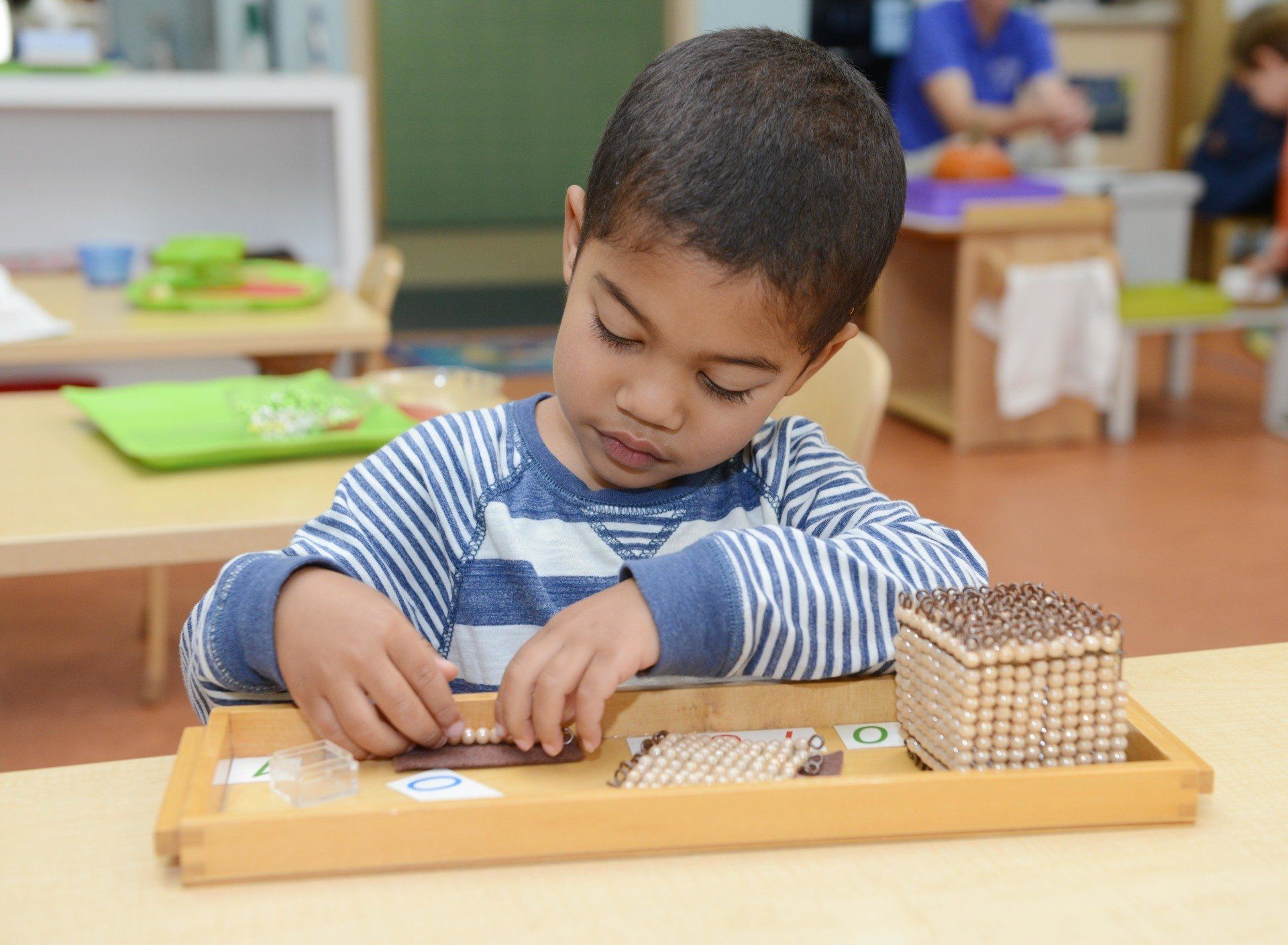Putting on a Coat Independently
Ms. Jill, Wee Threes Lead Teacher • November 7, 2019
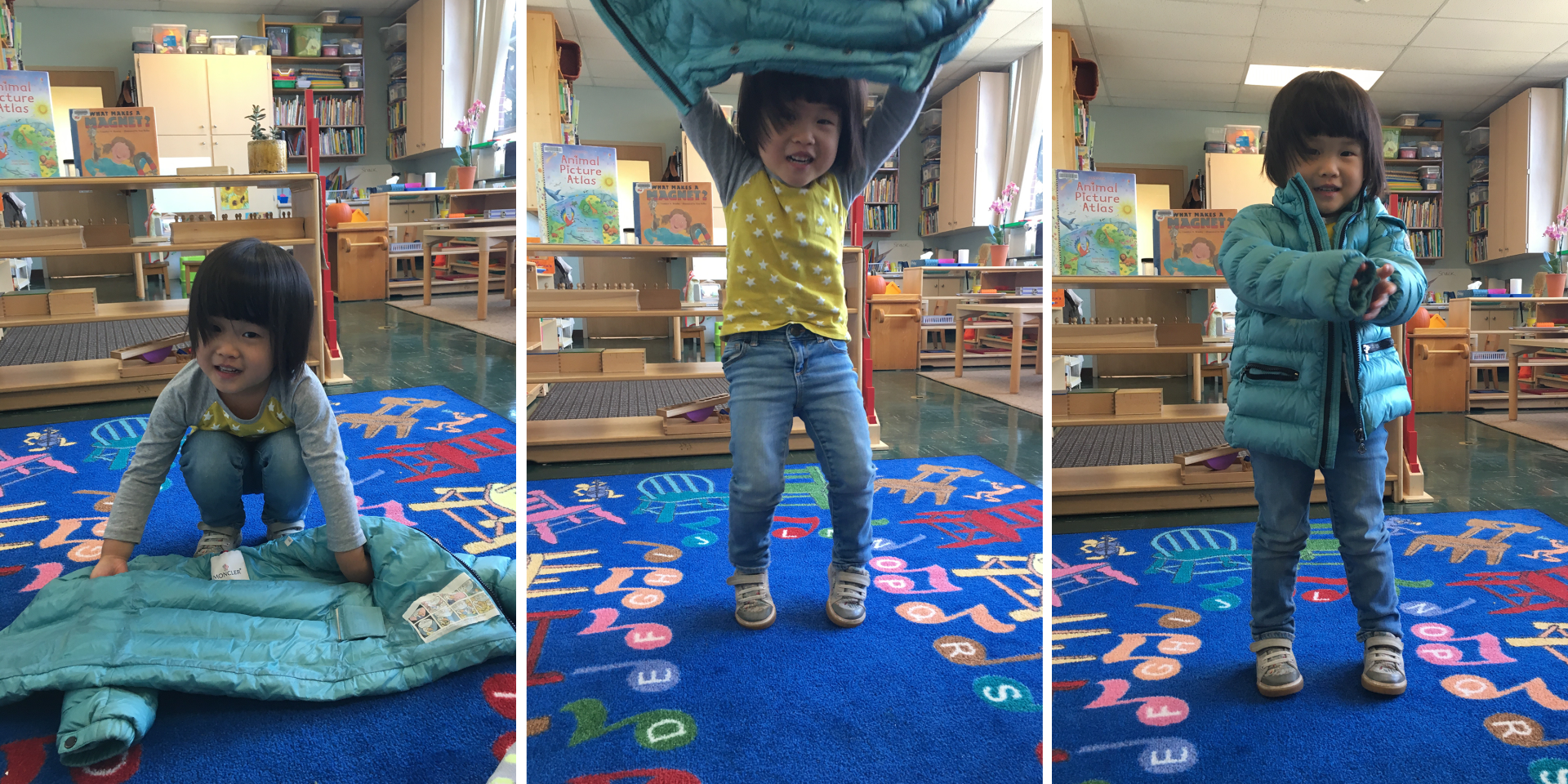
“Teach me to do it myself!” could well be the refrain for the preschool child, and working towards independence is extremely important for your child. Putting on their own coat independently is one way your young child can feel competent, and a child who feels capable without needing to rely on Mom and Dad for everything is a child who is developing self-confidence.
We use a technique called the “Montessori Flip” in our classrooms and we wanted to share it with you as the weather turns chillier.
1. Ask the child to lay her coat down flat on the floor. (The inside of the jacket should face up).
2. Ask the child to put her toes by the tag...
3. Then crouch down and push her hands in the sleeves .
4. The child stands up fully, lifting both arms simultaneously up. She uses momentum to lift and flip the coat over her head.
5. Adjust the coat, if necessary, and...
6. Zip it up!
We use a technique called the “Montessori Flip” in our classrooms and we wanted to share it with you as the weather turns chillier.
1. Ask the child to lay her coat down flat on the floor. (The inside of the jacket should face up).
2. Ask the child to put her toes by the tag...
3. Then crouch down and push her hands in the sleeves .
4. The child stands up fully, lifting both arms simultaneously up. She uses momentum to lift and flip the coat over her head.
5. Adjust the coat, if necessary, and...
6. Zip it up!
There’s a song that goes with the sequence. To the tune of “There were ten in the bed and the little one said roll over, roll over” sing the following: “Put your toes by the tag and your hands in the holes, flip it over! Flip it over!”
That last step, zipping the coat, can be tricky for young fingers. We guide the child by standing behind their body so they can clearly see the zipper. We initially hold our hands over theirs so they can get the feel for the resistance that’s needed as the zipper is pulled up. As we guide the child’s hands to insert the pull tab into the slider head we sing (to the same tune): “You put the worm in the hole and hold on tight, zip it up! Zip it up!”
Another trick is to refer to the pull tab as a banana that goes into the monkey (you guessed it, the slider head) then the monkey climbs a tree (the zip gets zipped up!). Talking about a cheeky monkey can add some well needed silliness to a sometimes frustrating task.
You can further foster independence at home by installing some low hooks for your child to hang up her own coat –they can be independent in putting away their outside wear, or a dowel in your coat closet at child height so they can hang their coats on hangers.
"If teaching is to be effective with young children, it must assist them to advance on the way to independence. It must initiate them into those kinds of activities which they can perform themselves and which keep them from being a burden to others because of their inabilities. We must help them to learn how to walk without assistance, to run, to go up and down stairs, to pick up fallen objects, to dress and undress, to wash themselves, to express their needs in a way that is clearly understood, and to attempt to satisfy their desires through their own efforts. All this is a part of an education for independence."
—Dr. Maria Montessori
That last step, zipping the coat, can be tricky for young fingers. We guide the child by standing behind their body so they can clearly see the zipper. We initially hold our hands over theirs so they can get the feel for the resistance that’s needed as the zipper is pulled up. As we guide the child’s hands to insert the pull tab into the slider head we sing (to the same tune): “You put the worm in the hole and hold on tight, zip it up! Zip it up!”
Another trick is to refer to the pull tab as a banana that goes into the monkey (you guessed it, the slider head) then the monkey climbs a tree (the zip gets zipped up!). Talking about a cheeky monkey can add some well needed silliness to a sometimes frustrating task.
You can further foster independence at home by installing some low hooks for your child to hang up her own coat –they can be independent in putting away their outside wear, or a dowel in your coat closet at child height so they can hang their coats on hangers.
"If teaching is to be effective with young children, it must assist them to advance on the way to independence. It must initiate them into those kinds of activities which they can perform themselves and which keep them from being a burden to others because of their inabilities. We must help them to learn how to walk without assistance, to run, to go up and down stairs, to pick up fallen objects, to dress and undress, to wash themselves, to express their needs in a way that is clearly understood, and to attempt to satisfy their desires through their own efforts. All this is a part of an education for independence."
—Dr. Maria Montessori
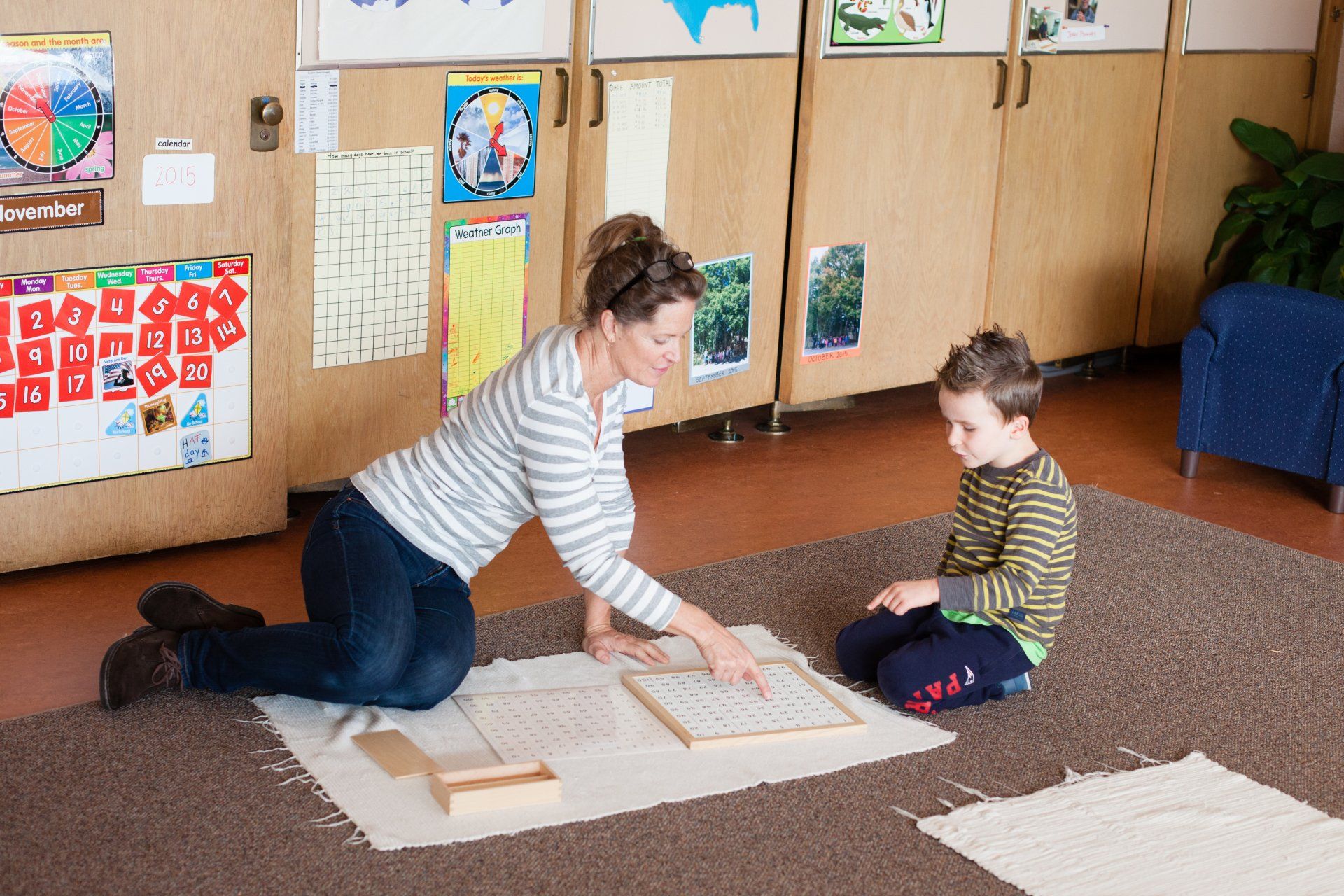
Wow, it’s been about nine and a half years since my last day at Ocean State Montessori School! It seems like almost yesterday that I was playing with the number chains, solving math problems, and learning to read, even though it was nearly a decade ago. Montessori was such a memorable experience to me for many reasons. One of these reasons being my fantastic teachers, Ms. Leah and Ms. Elly. Your two teachers taught me the fundamentals of education; how to read, how to write, how to add numbers, and so on. That was nine and a half years and I still remember every little detail. It takes two fantastic people to leave an impression like that on a student. All of you are very lucky to be going to this school with such amazing teachers, faculty, and education. Soon you will be standing in my shoes, reminiscing about the great times you had and the people you met. One of my closest friends to this day I met on the playground of Montessori. This is a perfect time to try new things and talk to new people you normally wouldn’t talk to, so go ahead and do it! You never know, but you may meet someone who will be a close friend in 9 years! School may seem challenging now, but appreciate the time you have with your teachers and the wonderful environment you’re in, because you won’t have a similar educational experience to the one you’re receiving now.
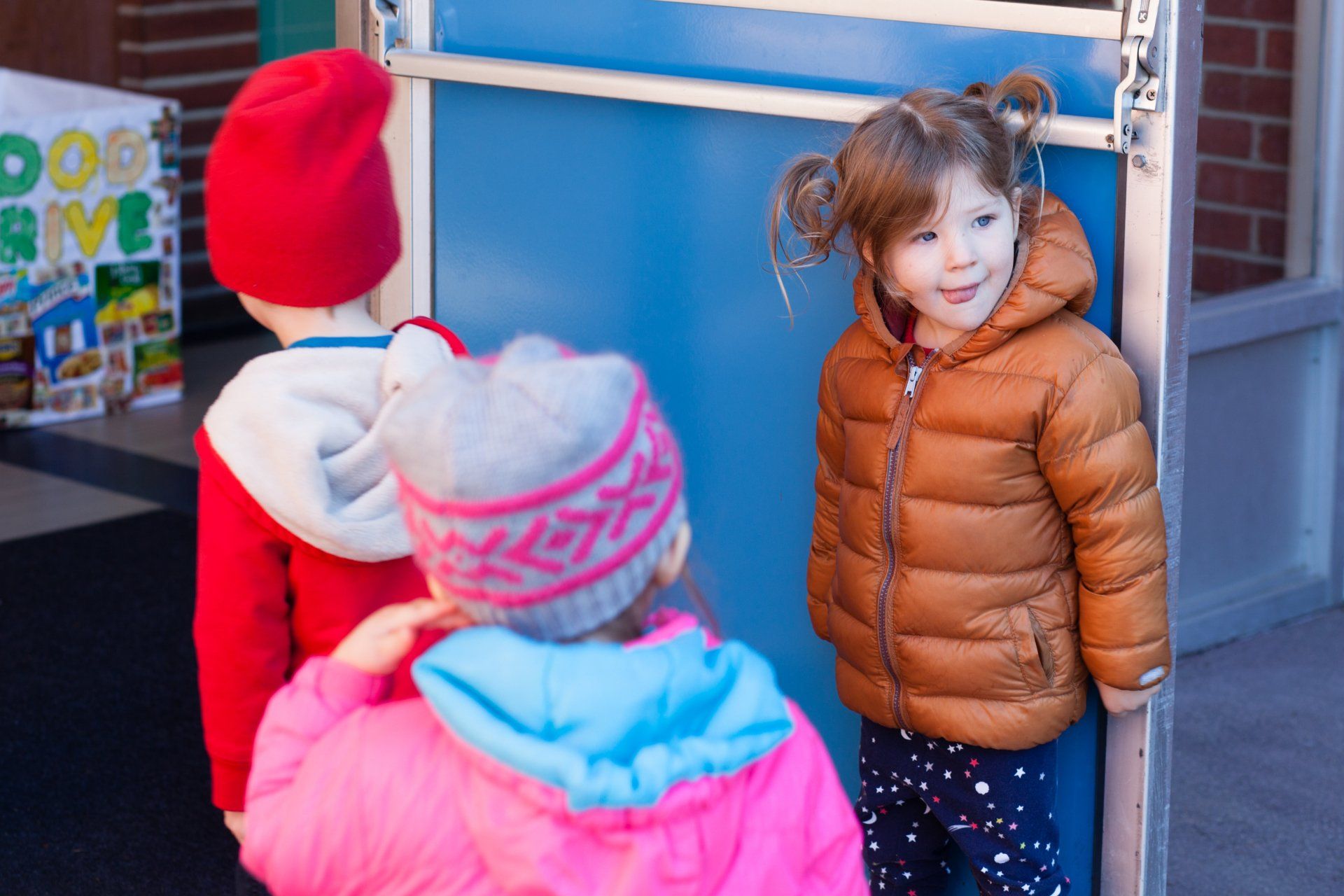
If you ever see me in my car, you’ll know that I drive a Subaru Outback. How do you know that’s what it is (besides the fact that it’s adorable)? Because my car is labeled “Subaru Outback”. You might even be able to tell where I bought my Subaru Outback—there’s a label for that too. I have labels on all the spice jars in my pantry. I might not use half of those spices, but they look really nice on the shelf, and when I find out someday how to actually use marjoram, I’ll know just where to find it. We just had our first Parent Education Night of the school year...and we all wore our labels. My dogs have labels, in case they get lost. We are a society that labels. We label for identification, for clarity, for advertisement purposes, for bragging rights (“I’m a big sister!” tee shirts). In a classroom, labeling makes the difference between finding your child’s jacket (that he left on the playground) hanging neatly on his hook rather than having to dig through the lost and found basket. Labeling means that your child will not be frustrated by trying to put her classmate’s size 4 boots on her size 6 feet because they are both the exact same shade of hot pink. Labeling means that everyone who brings in black snow pants from LL Bean will be able to put on the right ones even in the mass confusion that is “getting ready for recess” in the winter time. Labeling means the right Knuffle Bunny goes home with the right child. So please label everything that you can—coats, hats, sweatshirts, boots, shoes, slippers, maybe even socks, and underwear. But not your kids; we really do know who they are!
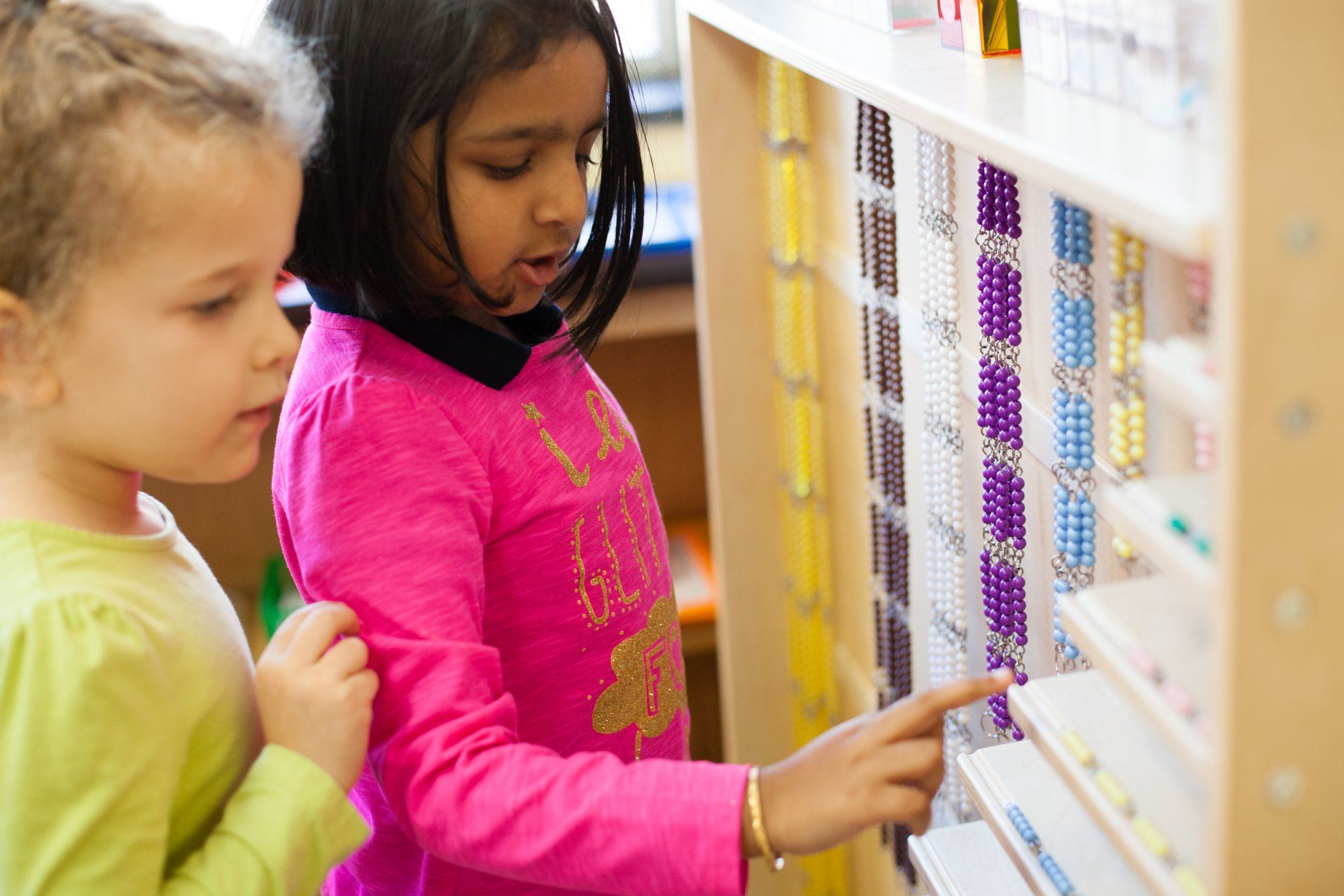
Freedom within limits. What does that mean? It sounds like an oxymoron. Too much freedom in a classroom creates chaos while too many limits are stifling. For a child to develop skills to know how they learn best, to have ownership over their own education, to be independently curious, to follow their interests, to seek out information, to challenge themselves, to struggle through challenges, to experiment and fail, and to learn for the sheer love of learning, they must have freedom to explore. In a Montessori classroom, children must have privileges to move, choose, make mistakes, take their time, have responsibility, problem solve and repeat work. This autonomy is built into the Montessori environment, curriculum and work time. However, independent and self-directed learning is only possible if there are clear parameters and expectations in which the child’s exploration is done. These are the limits -or rules- of safety and respect. Our students are taught to be safe and respectful with themselves, with others, with the materials and with the environment. “To let the child do as he likes when he has not yet developed any powers of control, is to betray the idea of freedom... Real freedom, instead, is a consequence of development; it is the development of latent guides, aided by education.” —The Absorbent Mind, Maria Montessori In our community, students have the right to say how they feel but the responsibility to be respectful. Learning the social skills necessary to get their needs met while respecting the feelings of others is a major part of the primary curriculum. This is done mostly through modeling and grace and courtesy lessons. These lessons help the children independently navigate social situations. The prepared physical environment and the teachers act as the child’s guides in the classroom, helping them understand the limits and reminding them of their benefits. These are the rules of freedom. For example, we push in our chairs to be safe. What would happen if all our chairs were left out? We are not instructing a child which chair to sit in, but we are instructing the child to be a thoughtful member of a group, no matter where they choose to sit. Students are taught to return work to the shelf where it belongs and to make sure it is ready for the next person. What would happen if we didn’t do this? The Montessori environment is prepared very carefully. The work materials are well ordered and have a purpose. Each item is specifically designed to teach a concept or skill. The work has a built-in control of error, or self-correction, that allows the child to work independently. Learning to intrinsically follow the rules because it benefits everyone and everything around us is one of the foundations of a classroom that can function cooperatively and peacefully as a harmonious place of learning. If we have the freedom to move, explore, talk, collaborate, teach, discover, make mistakes, take responsibility, help others, accept help, practice patience, delay gratification, and repeat a process as many times as we need, we learn how to do these things intrinsically. In a Montessori classroom, children are not doing these things to get a sticker or toy or to avoid a punishment – they do them because they benefit themselves, others, and the environment in which we live. Freedom within limits teaches children how to become responsible, respectful, confident and independent learners. “The child who has never learned to work by himself, to set goals for his own acts, or to be the master of his own force of will is recognizable in the adult who lets others guide his will and feels a constant need for approval of others.” — Education and Peace , Maria Montessori
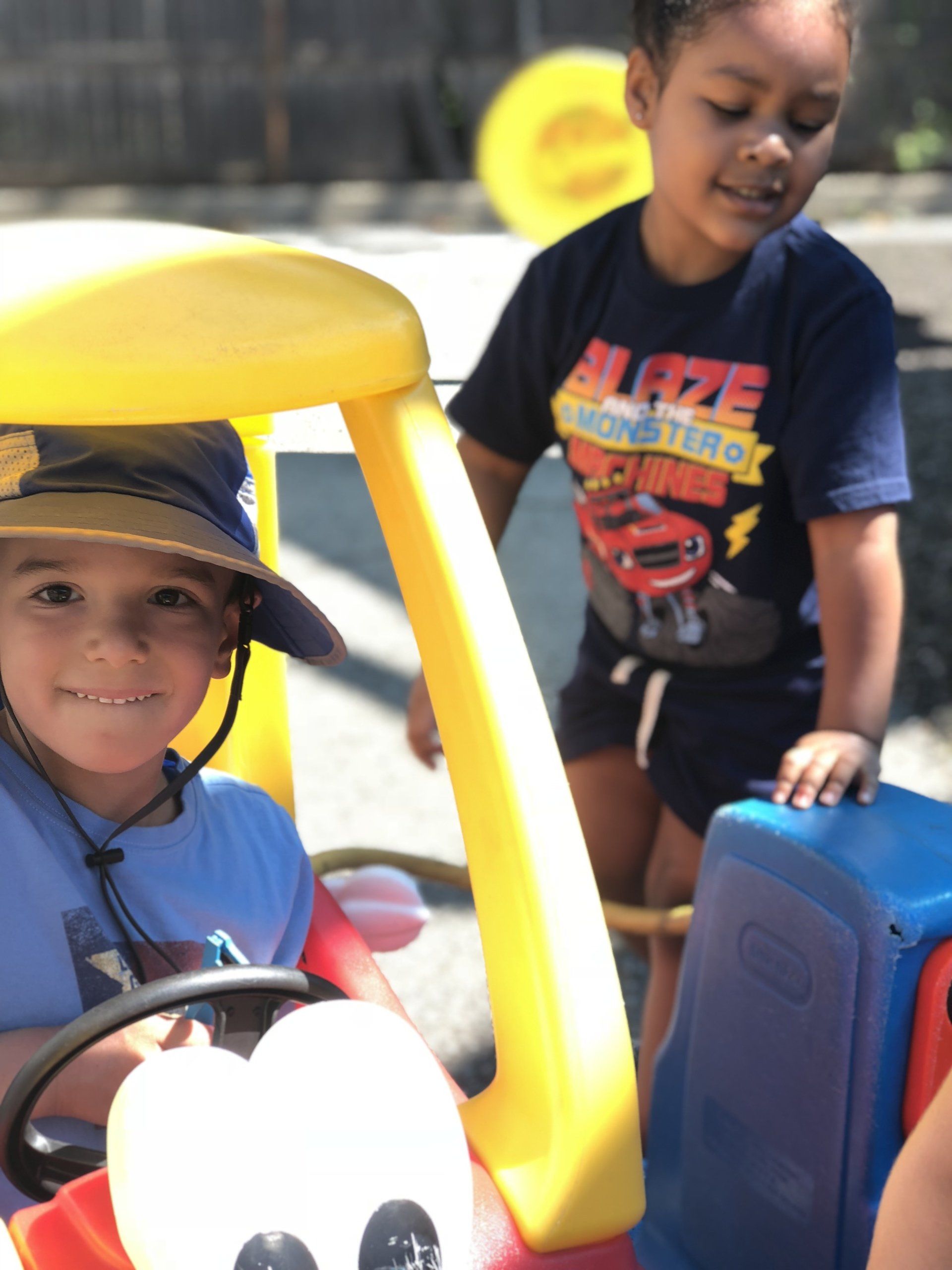
The start of the summer tends to line up with the end of another school year. And you know what that means: summer vacations, planning childcare, scheduled activities and more. Making sure your children have fun in the sun doesn’t mean they can’t learn while they’re doing it! Instead of babysitters and streaming cartoons, here are some fun activities or opportunities to keep your child’s mind geared towards learning year-round. Gardening Whether it’s the “I can do it myself!” phase for 0-6 year olds, or the “I can think it myself!” for the 6-12 year olds, gardening is a great opportunity for learning. Not only can they learn how plants grow with a proper mixture of sun, nutrients, and water, but they can also practice personal responsibility and being in charge of watering the garden or houseplants. You can build off of the garden for different crafts or learning: learning about butterflies and drawing or coloring new ones, teach them about vegetables and healthy eating, and more! Fruits & vegetables by the end of the summer is a tasty way to show the results of hard work. Libraries Summers are the busy time of year for libraries, as most offer summer programs for children and teens when schools get out. Visiting the Weaver or Riverside libraries can encourage that self-directed learning as they pick out books, help them practice reading, and help with that tricky bridge of abstraction—switching from concrete to abstract thinking. There’s always story times that can be fun for the little ones as well! Exploration What child doesn’t want to spend time running around outside when the weather is warm and the skies are clear. Finding nearby parks and trails to explore is that balance for both. Give them the opportunity to feel the breeze and bring a native plants & animals book to see if they can spot them. Parks like the Rose Larisa Memorial Park also offer fun history about Rhode Island.

Looking for activities that will keep your kids busy on the weekends or during spring breaks? Give their energy some focus by taking your family on these educational day trips in Southern New England. There are plenty of great museums bringing history to life, entertaining outings with hands-on learning opportunities, and dazzling artwork displays. Here are just a few educational kids activities your whole family will enjoy. Museums Museum of Natural History and Cormack Planetarium The Museum of Natural History is Rhode Island's only natural history museum and is home to the state's only public planetarium! The museum has served as a unique educational, scientific and cultural resource by offering exciting exhibits and programming that provide ways for children and families to learn about our world and its people. Museum of Work and Culture For the local history buff in your family, the Museum of Work and Culture shares the stories of those living in Rhode Island’s mill towns in the late 19th and 20th centuries. Your kids can experience what life was like through nine immersive exhibits, audio and video presentations, hands-on activities, and more. Warwick Center for the Arts Fresh on the heels of reconstruction, The Warwick Center for the Arts aims to unite the community through a variety of arts activities. Exhibits, art camp for kids, and workshops will help bring out your child’s inner Rembrandt. Outdoor Educational Activities Looking to get your kids outside? These outdoor educational destinations will have your family learning and having fun under the sun. Roger Williams Park Zoo Get up close and personal with the animals in one of the oldest zoos in the country at Roger Williams Park Zoo . What started as a small animal collection in 1872 has now grown to the home of more than 160 animals in natural looking surroundings. Other activities include rides and an ever-expanding list of special events. Save The Bay With a hands-on experiential learning approach, Save The Bay environmental educators introduce families to everything Narragansett Bay has to offer. Your child can discover local marine life through Seal Watch Cruises, Bay Adventure Boat Trips, BayCamp, and the Exploration Center and Aquarium. Green Animals Topiary Gardens Delight your kids with a trip through the Green Animals Topiary Gardens . Featuring over 80 pieces of topiary, your kids can explore living plants sculpted into birds, animals, geometric shapes, and ornamental designs. To feed your child’s hunger to learn even more, Ocean State Montessori School fosters independence, self-esteem, and a lifelong love of learning for children in preschool through sixth grade. Learn more about providing a strong education for your child by visiting the Ocean State Montessori School website or calling 401-434-6913 .
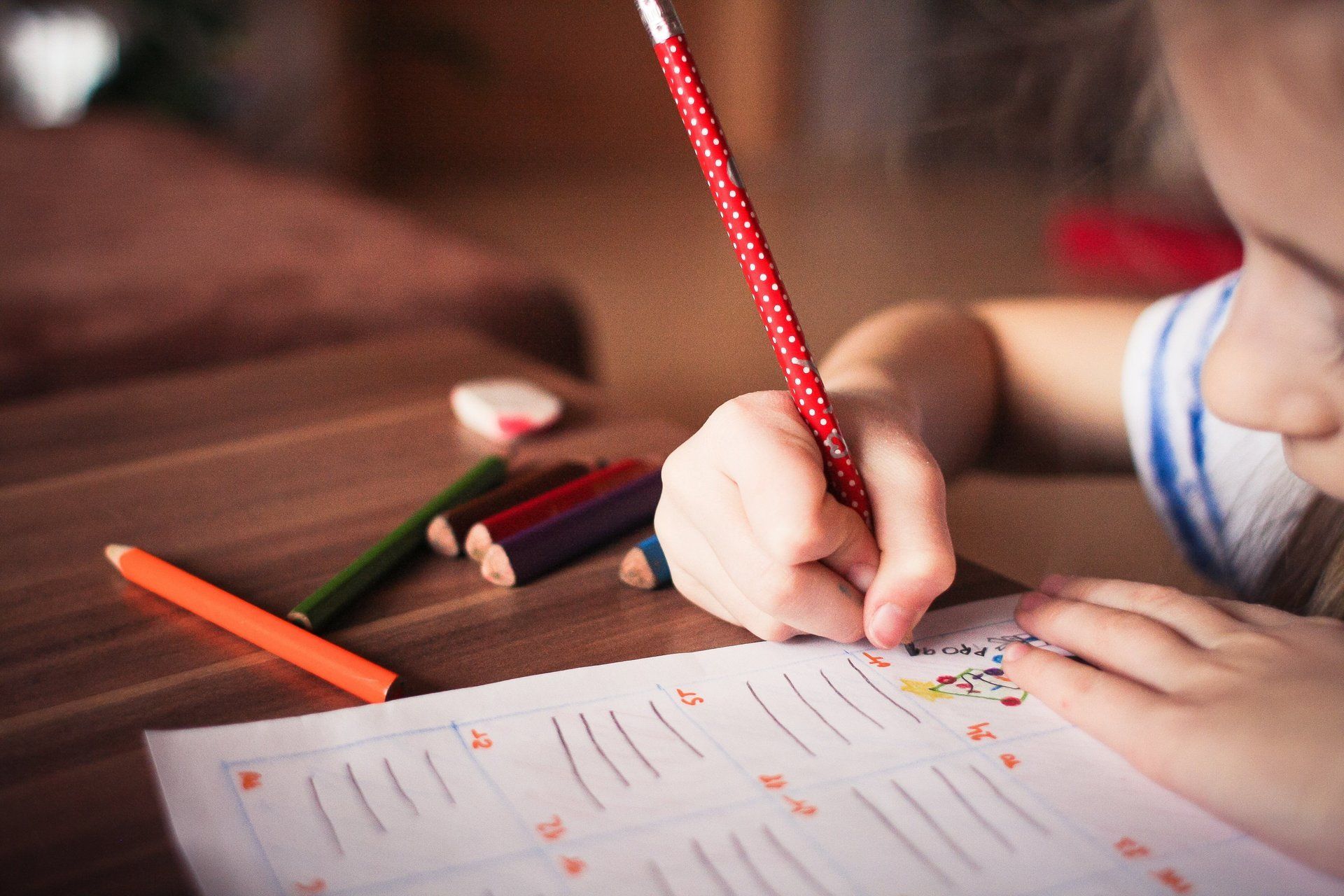
So often in our conversations with parents, Montessori teachers are asked, “What can we do at home to help our child succeed in school?” We’d like to take this opportunity to discuss what “homework” can be done to support what our students are doing in their classrooms. Our goal is to make homework practices meaningful and effective. As with the work in our classrooms, our desire is that homework is child initiated. However, we also encourage that homework become a collaborative practice among the family based on the interests of the child. One purpose of completing homework that is separate from the task itself is to create productive work habits outside of the classroom. Inside the classroom, the students’ work expectations are rigorous and therefore, homework should not derail the stamina they are building up each day. Children should want to learn from their work, rather than feel burdened by it. Montessori has never advocated for giving an assignment and expecting it back by a certain date. Instead, Montessorians like to see that homework is incorporated into the child’s day at home, rather than be a specific task, squeezed into everyone’s already busy schedule because it “has to get done.” As a true extension of the work done in the classroom, homework should support the areas of reading, language, math and practical life skills. Please consider the following suggestions and ideas to incorporate into your child’s daily routine as their “homework.” Find the things that excite and motivate your child to learn. Reading and Language: Read together. Take turns being the reader and the listener. Read books, magazines, comics, newspapers, menus, signs….there are unlimited options all around you! Visit the library. Keep journals or diaries. Write letters, postcards, or even just notes to each other or to friends and family. Play games with their spelling words. Search for them while you are reading or out in the community. Try playing the Popcorn game with them (ask your OSMS elementary student, they know what the Popcorn game is, and if not, here's a brief explanation: http://alonganderson.blogspot.com/2012/04/popcorn-spelling-game.html ) Math: Practice fast facts in all operations, especially addition (up to 20) and multiplication (up to the 10s table). Make up stories about the numbers that are meaningful and interesting to your child. While we encourage them to memorize these facts, try to avoid teaching tricks and short-cuts. Those abstract methods will be addressed later on. Please note that in Montessori classrooms, we teach addition and multiplication before subtraction and division. Practical Life: Encourage your child to help out in the kitchen. Reading (or even creating) recipes is a great way to connect language and math as well! Practice shoe tying! There are lots of neat tricks and methods that can make this daunting task easier. Have your children participate in caring for living things at home, whether it’s your pets, your plants or your outside environment. Visit museums and community events. Explore volunteer options as a family. Participate in sports, or a music or art class. Encourage independence whenever at all possible. Tasks may take longer, or need to be done more than once, but in the end, your child is becoming a problem solver and an active learner, which makes them more prepared for the challenges they will face as they grow older.

